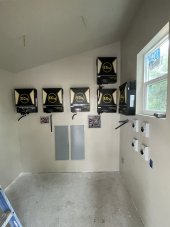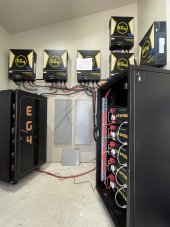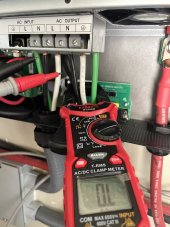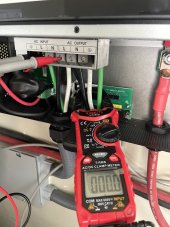JCSchwarb
Solar Enthusiast
- Joined
- Nov 26, 2022
- Messages
- 499
All-
I have read a lot of confusion on how the EG4’s switch the neutral depending on AC pass through, battery charging, etc. Note that my only Neutral-Earth-Ground bond occurs in my first means of disconnect from the power line meter. So appreciate final thoughts on the Neutral-Earth-Ground NEG bond and the ground loop issues many have weighed in on, but without complete resolution in my observations. Specifically, why do some inverters have internal NEG bond and why aren’t their instructions on how to properly configure units for safety?
Appreciate your help soonest so I can commission my system and sleep better at night. Appreciate any explanations or pointers on how the system works if the EG4’s will cause anomalies or issues in my installation setup.
Thank you!
-J
I have read a lot of confusion on how the EG4’s switch the neutral depending on AC pass through, battery charging, etc. Note that my only Neutral-Earth-Ground bond occurs in my first means of disconnect from the power line meter. So appreciate final thoughts on the Neutral-Earth-Ground NEG bond and the ground loop issues many have weighed in on, but without complete resolution in my observations. Specifically, why do some inverters have internal NEG bond and why aren’t their instructions on how to properly configure units for safety?
Appreciate your help soonest so I can commission my system and sleep better at night. Appreciate any explanations or pointers on how the system works if the EG4’s will cause anomalies or issues in my installation setup.
Thank you!
-J

Attachments
Last edited:






